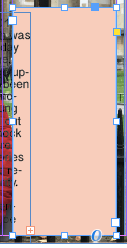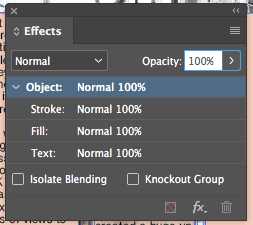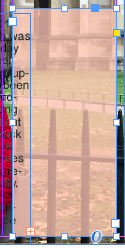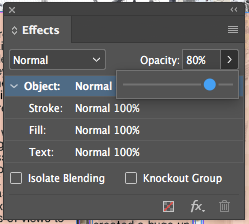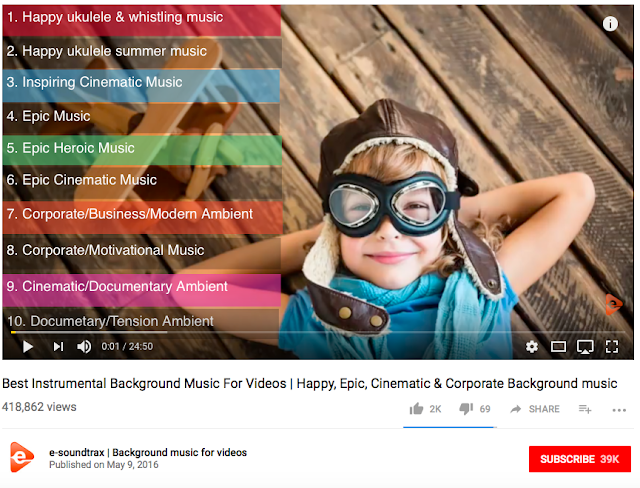1. This was the first question in my questionnaire as I wanted to know if people,obtained information about the election.

No one responded saying no, which was good as that is the primary purpose of my documentary. Only 21.1% said some information and an overall majority of 78.9% said yes.
I may try to add some more information in the remaining time I have to fill up in order to make sure 100% say yes.
2. This was the second question in my questionnaire. I wanted to make sure that my audience understood that my documentary was now at the start, rather than the middle (which I previously said on my arc post).

A huge majority of 88.9% said yes, with only 11.1% saying no.
I may try to make my title screen slightly longer in order to make it more obvious.
3. This was the next question I asked as I needed to make sure that my documentary looked professional and adhered to the generic conventions of a political documentary.

According to the results, the majority (84.2%) thought my documentary adhered to the generic conventions of a political documentary, meaning it was fairly successful. Only 15.8% said it did in some ways. No one believed that it didn't adhere to conventions of a political documentary at all which I was very happy with.
4. I asked thus question next as I wanted to find out if my audience understood the conventions which I purposely used in order to adhere to the common conventions of a political documentary.


I was pleased with the responses as most of them mentioned that the: interviews, cutaways, narration, locations, statistics, newspaper articles, voiceovers and archive footage were used effectively. This was what I wanted to achieve in order to adhere to common conventions of a politics documentary.
5. I then asked this question in order to ensure my sound quality was good throughout.

After listening to my documentary once it was uploaded, I realised that my sound was not consistent throughout. In some places it was very loud, and in others it was very quiet. This was evident from my results above as 42.1% responded saying somewhat. However, 57.9% responded with yes, implying that my sound was not far off being fine throughout.
Those who responded saying 'somewhat' commented on how the sound quality could be improved, and a lot of the responses said it needed to be more consistent. This however is not a huge problem as I can edit this on iMovie.

6. I then asked this question in order to ensure my footage quality was good throughout.

Like in the last question, I realised that I had exported my documentary to Vimeo in small, meaning the quality looked very poor. This was evident in the results as 21.1% of people said somewhat and 5.3% said the quality was not good. However, 73.7% said the quality was good, so I knew that when I export it not in small, the quality should be fine and of a better standard.
This was evident from the comments and some people even realised that it was just how it had been exported. I will also have a look at which parts could be cropped or maybe replaced if they are too plummy or pixilated.

7. I also wanted to ensure that I had included enough facts and statistics throughout the extract, as they are needed to fulfil the primary purpose of the documentary, to inform.

An overall huge majority of 94.4% said yes, which I was very happy about. Only 5.6% of people said no. Even though it is still a large majority, I will still check to make sure there aren't any other places which I could put more facts or figures in, just in order to make sure 100% of people think there is a sufficient amount of information.
8. I was undecided on which title option to use for the names and the occupation, so I decided to ask my target audience, since they will be the ones who it is aimed at.

A huge majority (77.3%) said that they prefer option 2 (above). With the second place being joint with only 9.1% each (option 1 and 4). It is therefore obvious which one I will be using throughout my documentary.
9. I also wanted to ask my target audience which poster they would prefer to see advertising the documentary, since again they will be the ones targeted and who I would like it to appeal to.

Again, there was a large majority of 72.7% for option 2 (above). With the second most popular being option 3, with a 13.6% turnout. However, option 2 was by far the most popular, so this is the poster I will use as I want to use the one which most appeals to my target audience, and will therefore be more successful.
10. I also wanted to ask my target audience if my poster adhered to the conventions of a Channel 4 poster, as otherwise it would not have much relevance and would not be very successful.

I was very happy with the responses as 94.7% said it did adhere to the conventions of a Channel 4 poster. Only 5.3% said they did in some ways, which still means they have relevance and do in some ways have the correct conventions.
I then also asked if they said no or in some ways, to say why they thought so.
The one person responded saying:

I know how to use the magic wand tool on Photoshop to remove the background, so I can do that straight away to remove the background from the logo.
11. I was also unsure which Channel 4 logo I preferred and would work the best throughout my products. I therefore decided to ask my target audience.
There was again a large overall majority, with option one being the most popular choice (72.7%). The most popular second choices were joint between option 2 and 4. I however have decided to go with the majority and use option 1 throughout my products.
I found this questionnaire very useful in order to help me decide on not only things I was unsure about, but also improve aspects of my products I didn't realise needed improving.








